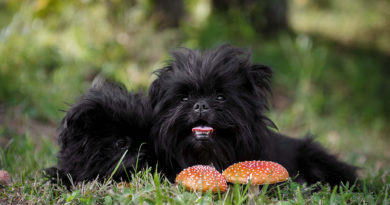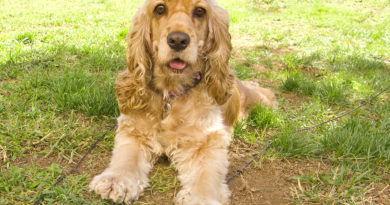Schnoodle dog breed profile- dog or teddy bear?
Featured image by © bigstockphoto.com / yhelfman
Schnoodle Guide: All You Need to Know
Are you looking for a cute, playful, and affectionate pooch? Look no further than the beautiful Schnoodle (Schnauzer/poodle mix). This dog breed is the perfect household companion for families. They are highly-loving and entertaining. They love to play, cuddle, and stand by their owners. However, they crave attention, so be ready to interact with your new furry friend every time they enter the room.
Schnoodles are a bit on the pricey side when it comes to puppies. Schnoodle puppies go for about $2,000, but when you read more below, you’ll know why the price tag is justified. Whether you’re a large family, couple, or single, a Schnoodle will be a great friend to keep you company at home. Here’s everything you need to know about the Schnoodle dog.
Key Traits
- Loving
- Dependable
- Active
- Lively
- Vocal
Schnoodle 101
The puppy Schnoodle is a mixed breed of the schnauzer and poodle. They were first bred sometime in 1980 when the popularity of hybrids (such as the Teddy Bear Schnoodle) was skyrocketing. Both the Schnauzer and poodle are unique breeds that have a lot of interesting characteristics.
The poodle side carries the ability to please, love, and uplift its owner. The Schnauzer side carries the sturdiness and bold attitude to protect its owner. That’s why they are a great dog for just about anyone. They are able to be as cute and loving as a teddy bear, or a calm/collective therapeutic companion.
The Schnoodle was bred to be a non-shedding family dog. They aren’t technically considered a “designer breed”, however, Schnoodles do have a sort of cult following in the dog community. With that, getting your hands on a Schnoodle puppy has become more difficult since the demand is so high.
Their playfulness and outgoing attitude make them a perfect pet for households with small children. They give children a form of comfort and companionship that’s vital when growing up.
The United Kennel Club doesn’t recognize Schnoodles since they are a hybrid.
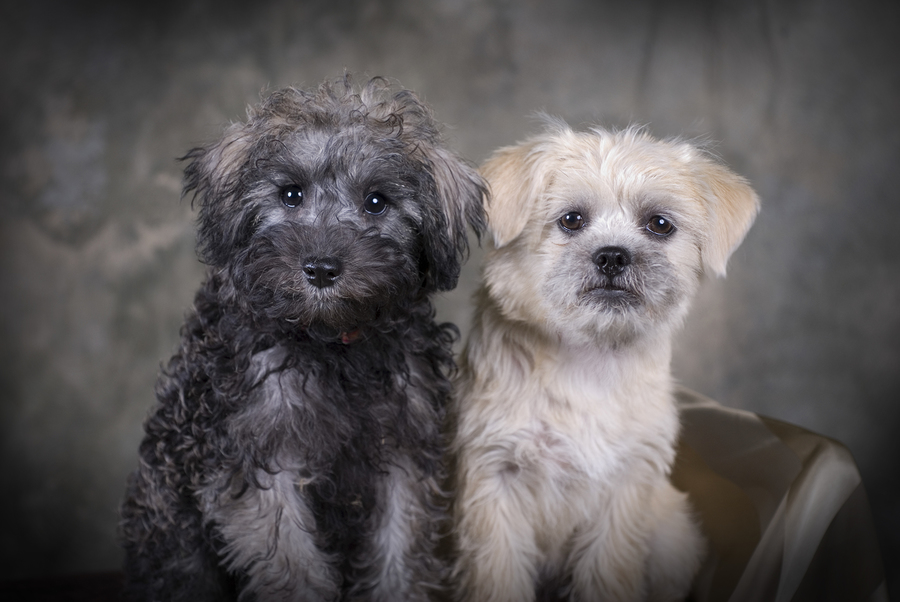
Schnoodle Appearance
The Schnoodle appearance is inconsistent. It’s difficult to pinpoint what to expect when breeding this mix. There’s no doubt that your dog is going to come out cute and cuddle just like a teddy bear. But Schnoodles from the same litter can all look unique from one another.
Most Schnoodles are small, but they come in two different sizes:
- Standard Schnoodle
- Miniature Schnoodle
The size depends on the characteristics of the parents. If you breed a standard poodle with a Giant Schnauzer, you’re likely to get a larger Schnoodle. A miniature Schnauzer with a standard poodle would most likely produce a miniature Schnoodle and so forth. The outcome of the breeding process will vary.
Height and Weight
There’s no real way to determine the size of a Schnoodle unless you trace back to the parents. Either way, it’s difficult to estimate the exact size of the puppies until they are born. However, there are two main Schnoodle sizes, and which give us a good idea of what to expect with the offspring:
Miniature Schnoodles – 14-15 inches tall and about 10-20 pounds
Standard Schnoodles – 15-20 inches tall and about 30-60 pounds.
We can expect females to be slightly smaller than males.
Color
Although similar in height and weight, Schnoodles can differ in color. One thing’s for certain, though: they tend to be a single solid color rather than a cluster. But that doesn’t mean there aren’t Schnoodles out there with unique color patterns.
Here are the most common Schnoodle colors:
- Black
- Tan
- Brown
- Silver
- Black and White
- Apricot
Coat Texture
One thing that’s consistent with this dog breed is its coat texture. Your dog is bound to have a coat that is soft, fluffy, and absolutely irresistible to touch. These pups are commonly known as the teddy bear breed. People who are looking for a cuddle buddy should look into adopting a Schnoodle. Since they are “non-shedding,” people with allergies will be less affected, leading some to consider this a hypoallergenic breed. However, there’s no way to guarantee they are 100% non-shedding, so make sure to double-check if your guests are allergic.
The kind of coat will only be known once your dog is full-grown. They could have a thick curly coat or a medium length smooth coat inherited by its Schnauzer ancestors. People love to cuddle with Schnoodles because their coat is so soft.
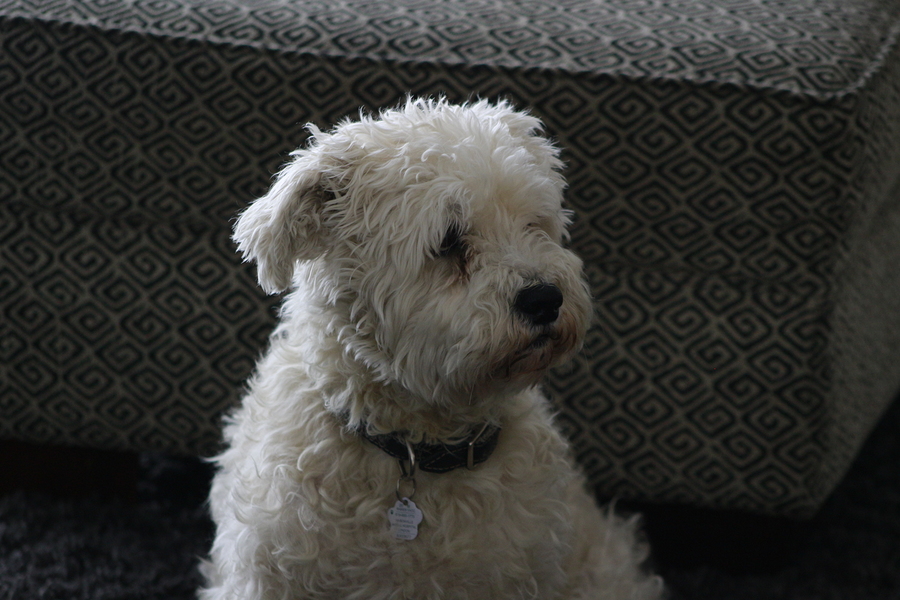
Schnoodle Personality
Schnoodles are by far a loving and outgoing breed. They love to play, entertain, and cuddle with their family members. But Schnoodles crave attention, and they let you know it. They can get jealous easily, so be careful not to leave them out on any of the family fun. To better understand their personality, you’ll need to know the nature of its parents:
The Schnauzers
The Schnauzer is, by nature, a loving and tolerant breed of dog. They are family-oriented and get along great with kids and other pets. Schnauzers are easy to train and quickly adapt to new environments. Their energy levels are high, but they aren’t as intense as other breeds. Overall, the Schnauzer has been a family friend since the middle ages.
The Poodles
Poodles are also tolerant, but they don’t like being left alone. They’re loving, kid-friendly, and get along great with other dogs and strangers. They also have a reputation for being a “show dog,” so they tend to attract a lot of attention. They’re highly-intelligent, which makes them easy to train. These dogs are great for all kinds of people, especially families.
What Schnoodles Represent
Since both parents are gentle and loving, you can expect Schnoodles to have the same personality. When it’s playtime, they’re full of energy and want the games to keep going. When it’s time to sleep, you can expect your teddy bear dog to be right up next to you. People who are looking for a dog that has gentle characteristics would love to have this breed.
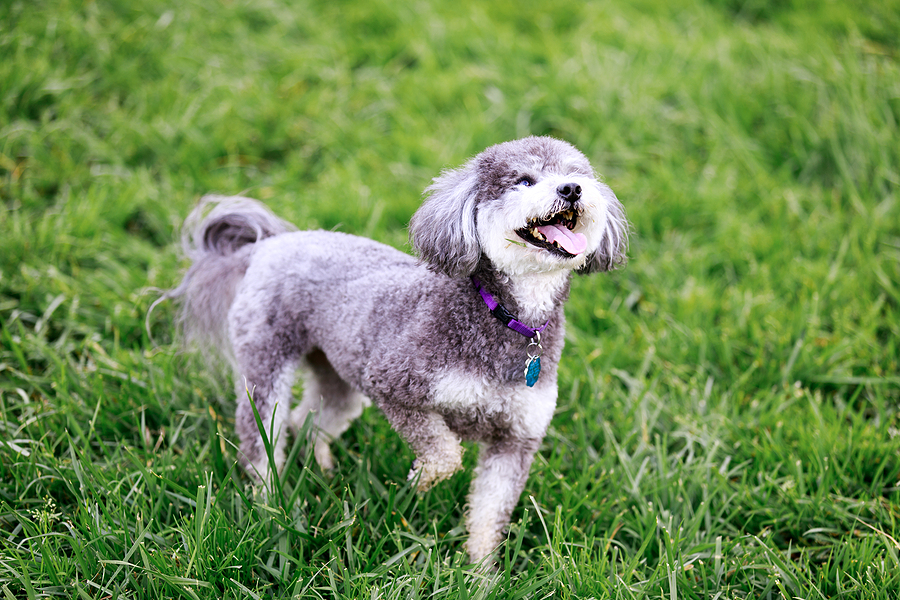
Training a Schnoodle
Sometimes their intelligence can be counterproductive. There’s no doubt this dog breed is smart, but they can be stubborn to the bone. That’s why it’s important to start training at a young age. The best way is to have an entertaining form of training that involves play. Schnoodles love to be active, and it’s best to put that energy to good use.
To ensure your dog is good around strangers and other pooches, be sure to put them in social situations frequently. Neglecting this could lead to your dog becoming socially awkward, which can lead to behavioral problems further down the line. When they are a puppy, have guests come over and introduce them to children. Luckily their intelligence allows them to adapt quickly to different environments and people.
Health Problems
Here are the most common health problems associated with Schnoodles:
- Patellar Luxation – A split in the knee cap
- Addison’s Disease – Lack of adrenaline
- Gastric Torsion – Trapped air in the stomach that causes pain and discomfort
- Progressive Retinal Atrophy – Deterioration of the retina, which can lead to blindness
If you feel like your dog is acting strangely or appears to be in pain, bring them to a vet right away.
Life Expectancy
The average lifespan of the Schnoodle is 15 years.



